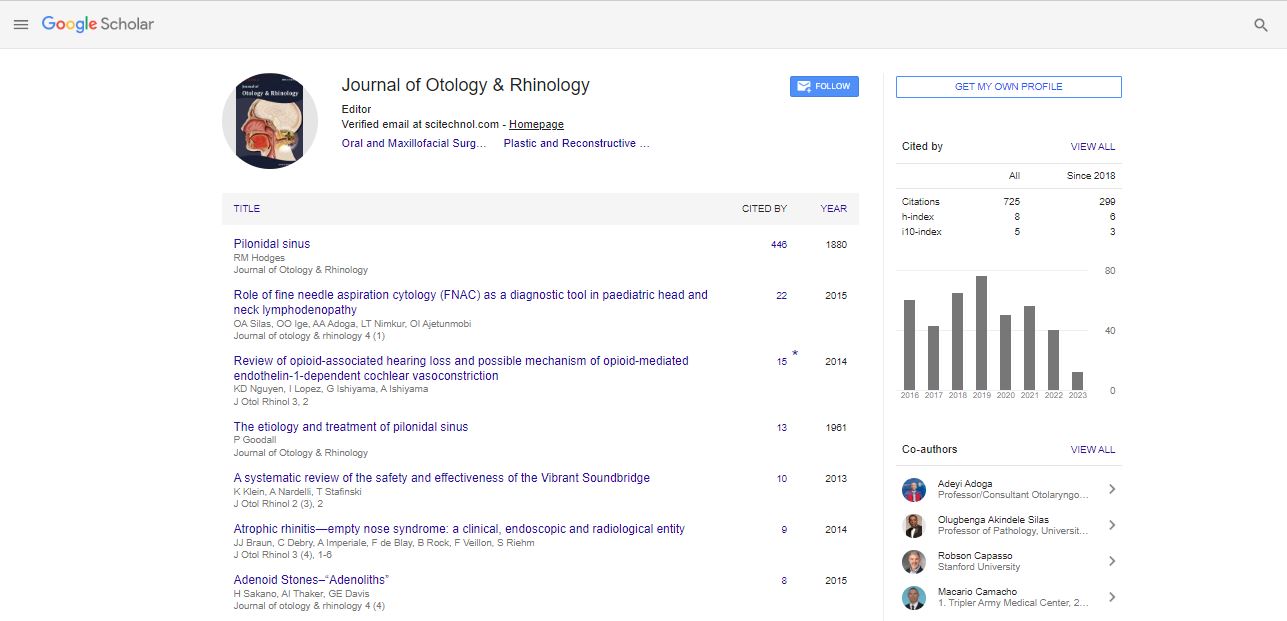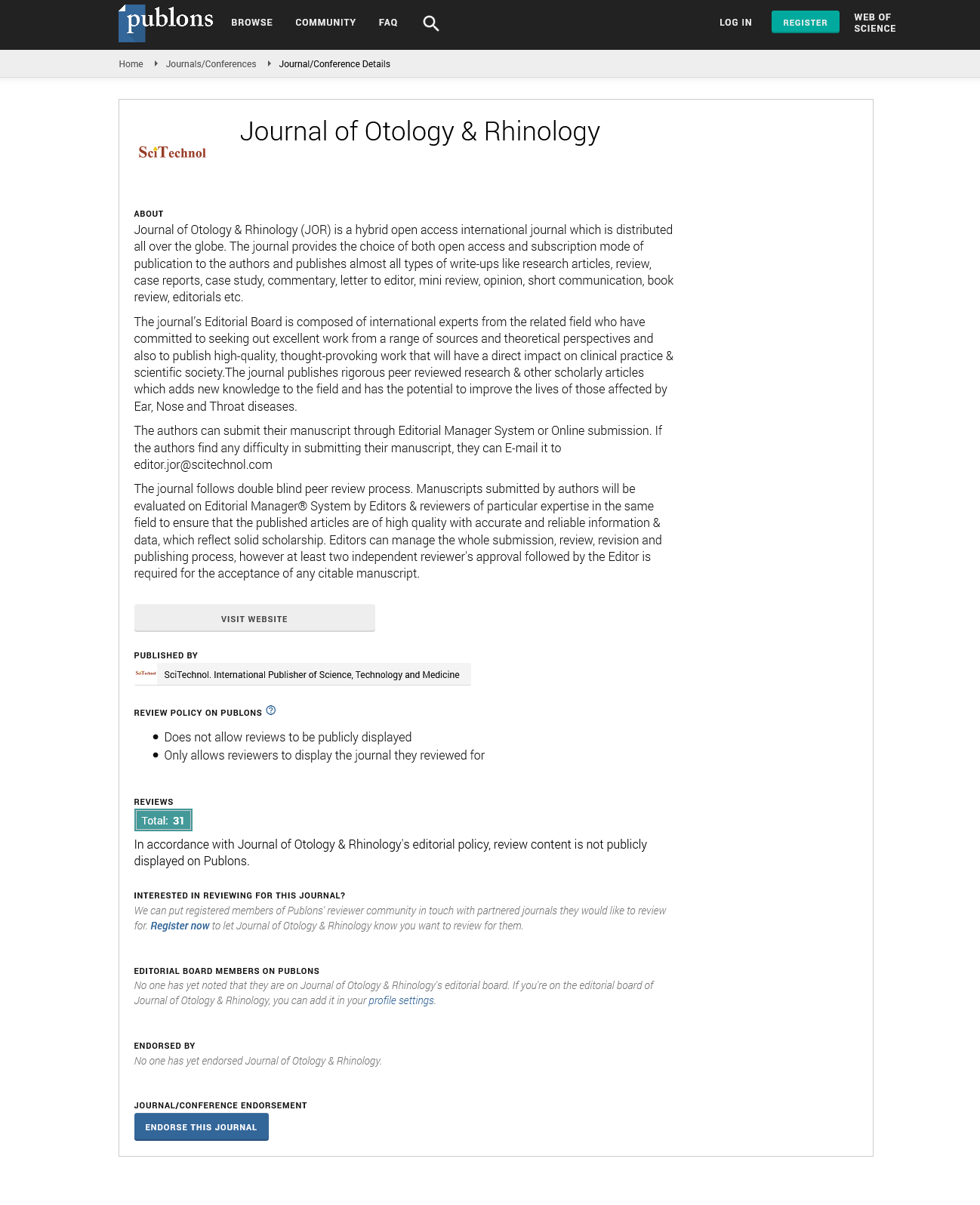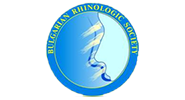Our experience with spreader graft in septorhinoplasty by open approach
Surender Kumar
Bhagat Phool Singh Goverment Medical College, India
: J Otol Rhinol
Abstract
Introduction & Aim: The importance of spreader graft has been demonstrated in various studies as they play a crucial role in managing internal nasal valve collapse, nasal dorsum aesthetics and correcting nasal septal deformities. Technically, use of spreader graft is a method of volumetric expansion of internal nasal angle which is usually 9-15°. Many a times, while correcting the nasal dorsum deformities, nasal angle gets compromised which leads to poor functional outcome despite of good aesthetic results. This problem can be dealt with the help of spreader graft. The present study evaluated the importance of spreader graft in primary and revision rhinoplasties for both functional and aesthetic outcome. Materials & Methods: Our study was conducted in 40 patients (35 male and 5 female; age ranging from 17 to 45 years; mean age 28 years), with chief complaint of nasal obstruction and external nasal deformity. All the patients underwent septorhinoplasty by open approach under general anaesthesia. Autologous septal cartilage was used as graft material. All the patients were given NOSE questionnaire to assess functional improvement in nasal obstruction one month prior and after of surgery. Patients were followed up for 1 year. Observation & Results: Out of total 40 patients, 22 patients were with saddle nose deformity, 10 crooked nose and 8 nasal dorsum deformity. Among 22 patients with saddle nose deformity, 20 were satisfied with functional and aesthetic outcome while 2 patients were not satisfied. In 10 patients with crooked nose deformity, 9 were satisfied with functional outcome while 1 patient was not satisfied. But with respect to aesthetic outcome, 8 were satisfied and 2 were not satisfied. In 8 patients with dorsum hump deformity, 6 were satisfied with functional outcome while only 5 were satisfied with aesthetic outcome. Conclusions: Spreader graft can be considered a simple but very effective way to tackle the internal nasal angle pathologies.
Biography
E-mail: dr.morodia@gmail.com
 Spanish
Spanish  Chinese
Chinese  Russian
Russian  German
German  French
French  Japanese
Japanese  Portuguese
Portuguese  Hindi
Hindi 


